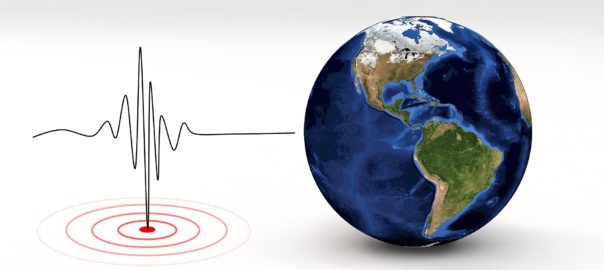What are seismic surveys?
Like an ultrasound, a seismic survey sends sound waves deep below the ocean floor. The sound echoes off the rock formations, with each type of rock reflecting varying degrees of sound. Scientists record those echoes and combine them to create highly-detailed
3D images allowing them to “see” below the ocean floor.
Why does the natural gas and oil industry use the technology?
Detailed 3D models, safely produced with data obtained from seismic surveys, help natural gas and oil operators accurately pinpoint the best locations for new wells. This reduces the need for multiple test wells, minimizing the environmental footprint and impact.
Myth vs. Fact
Myth: Seismic surveying harms marine life. Fact: There is no evidence that seismic surveys harm marine mammals or their environment. In addition to effective mitigation measures that protect marine life, survey vessels constantly move thus minimizing potential impacts to specific areas.
Myth: Only the natural gas and oil industry performs seismic surveys and requires IHAs (incidental harassment authorizations).
Fact: The renewable energy industry performs
seismic surveys and requires IHAs, to better inform their offshore wind projects.
Myth: The Trump administration is the first administration to support seismic surveying.
Fact: Seismic surveying has been used safely for 80 years – including during the Obama administration.
How is marine life protected?
Federal Permits. Companies must receive permits from the federal government, which vets the safety and usefulness of a proposed survey. Exclusion Zones. An area around a surveying ship must remain clear of any marine mammals and sea turtles for
a period of time before operations can begin. Visual Monitoring. Trained protected-species observers watch for marine mammals and immediately shut down surveying if they appear in, or are approaching, the exclusion zone. Time-Area Closures. If appropriate, seasonal and area closures protect sensitive marine life in areas of concern.

